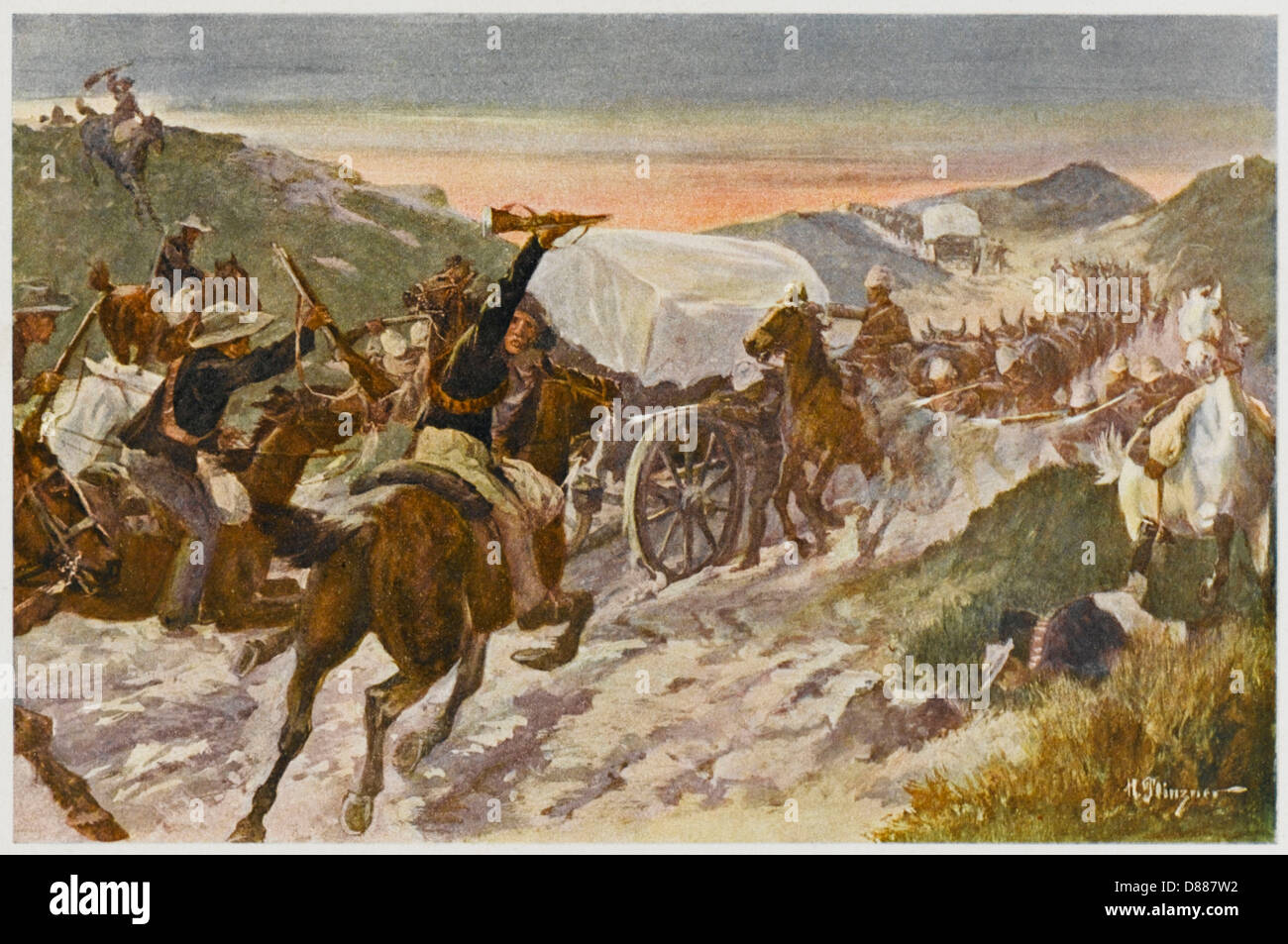Although the United States first tested the Maxim gun in 1888 with good results, no action was taken at the time. A relatively heavy, rapid-fire weapon was unsuited to constabulary actions against Indians and the US saw no prospect of a European-style war. The Army again picked up the Vickers-Maxim gun in 1906, experimenting with it to establish how the different combat arms could best use the weapon. The infantry liked it, but the cavalry thought it too heavy and unwieldy. That led General William Crozier, the Army’s Chief of Ordnance, to seek a weapon that would be lighter as well as simpler to make and operate.
Crozier was soon in contact with Laurence Benét, the US representative of the Hotchkiss Company, which was based in France and named for its American founder, B. B. Hotchkiss. Benét himself was American-born – in fact, the son of a former Chief of Ordnance – and a few years earlier had developed a light machine rifle with the help of his assistant André Mercié. In 1909 Crozier adopted the Benét–Mercié as the Army’s first standard automatic weapon. At 30 pounds it was lighter than a heavy machine gun but hardly dainty. It was air- cooled, cheap to make, and easy to maintain, containing only 25 parts; a folding stock made it highly portable. The Benét–Mercié continued in service until 1917, serving the Army in Mexico in 1913 and 1916. But in the field its defects soon became apparent. The infantry disliked it as too light and unable to sustain fire, and hence unsuitable for defense. The cavalry found it unreliable due to its close machining tolerances, which led to frequent jams. In trying to satisfy everyone, it had satisfied none: no one understood that both a light assault rifle and a heavy machine gun were needed.
Despite Crozier’s efforts, the Army did not incorporate automatic weapons into its combat doctrine. As late as 1917 its Field Service Regulations stipulated, “Machine guns are emergency weapons. They are used when their fire is in the nature of a surprise to the enemy at the crises of combat. Their effective use will be for short periods of time – at most but a few minutes – until silenced by the enemy.”
The Benet-Mercie was used with the Punitive Expedition(mostly a Cavalry operation, not infantry )in Mexico, but did not do well, the men had not really trained with it enough, with many difficulties is fitting the clip to the weapon.
With an Remington semiautomatic in 1901, you have a dependable, easy to load and shoot weapon in the hands of every Cav trooper, that will allow faster and more accurate fire: this was proven with the Garand/Johnson&M1903 trials just before WWII.
As above, the Rem is far perfect, and not a machine gun, that seemed to fit with the USArmy doctrine, such as it was at that time
But it could grow into an Assault Weapon over the years, by time of US entry
